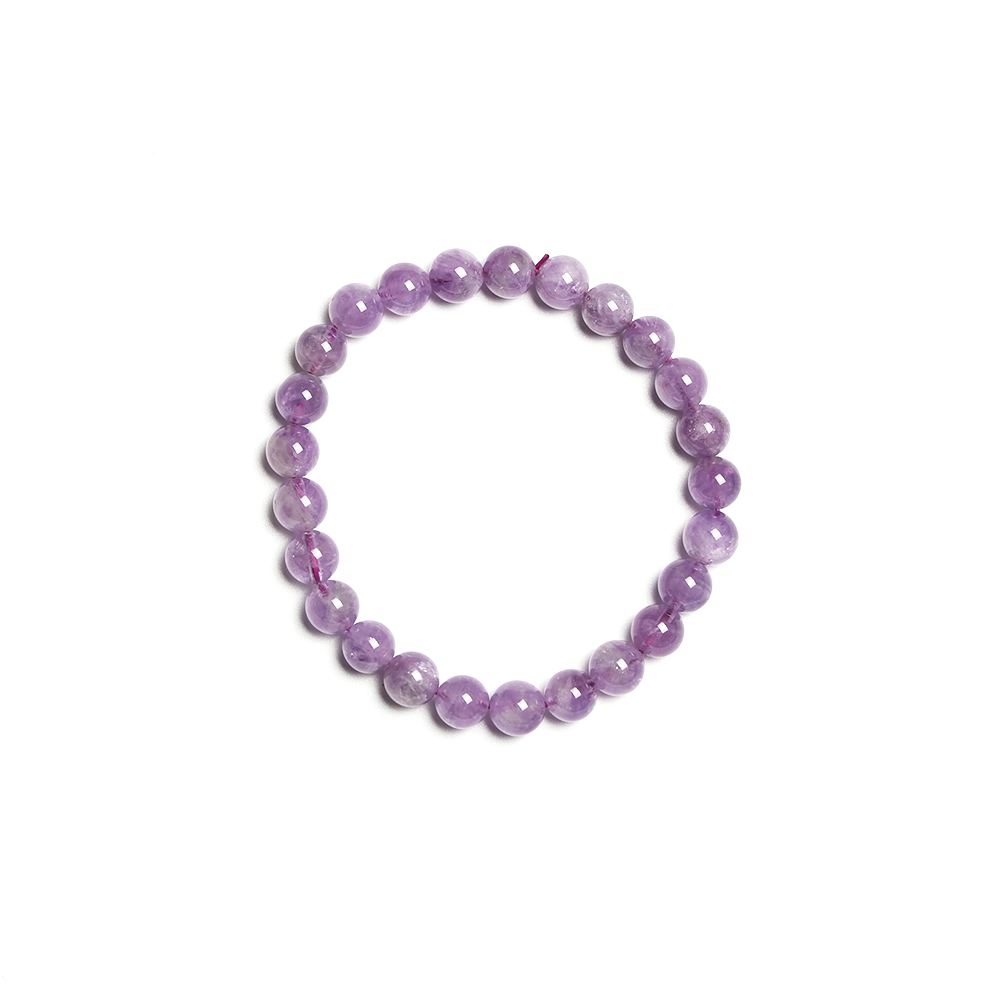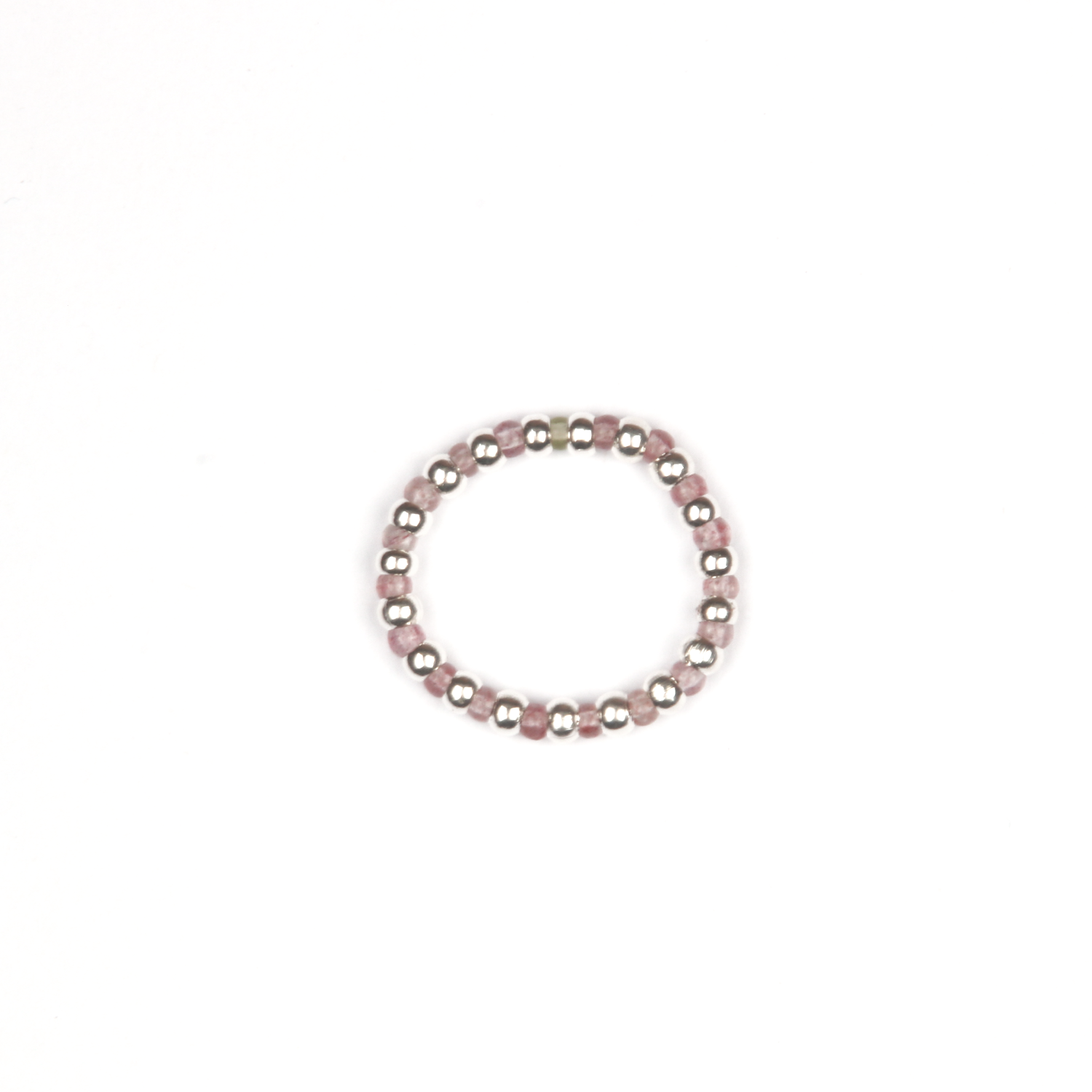Red Jasper
The Enduring Gemstone of Strength and Vitality
Red Jasper is a bold and empowering gemstone, known for its deep earthy red hues and grounding energy. Valued for centuries for its stability, strength, and endurance, this stone continues to be a favorite in jewelry, spiritual practices, and artistic designs.
In this comprehensive guide, we’ll explore Red Jasper’s origins, formation, history, pricing, styling tips, gemstone pairings, color inspirations, and an engaging discussion topic.
Origin of Red Jasper
Red Jasper is a variety of chalcedony, a microcrystalline quartz, known for its rich red color caused by iron inclusions. It is found in numerous locations worldwide, often in riverbeds, volcanic regions, and sedimentary rock formations.
Major Red Jasper Deposits:
-
Brazil – One of the largest producers of high-quality Red Jasper.
-
India – Known for deep red varieties with minimal patterning.
-
Russia (Ural Mountains) – A historical source of fine Red Jasper used in royal artifacts.
-
United States (Oregon, California, Arizona) – Produces distinctive Red Jasper with swirling patterns.
-
Australia – Home to Mookaite Jasper, a variety with red, yellow, and brown hues.
-
South Africa & Madagascar – Known for highly polished Red Jasper specimens.
Due to its global availability, Red Jasper is not considered rare, but high-quality specimens with deep saturation and minimal impurities are more valuable.
Formation Process of Red Jasper
Red Jasper is a cryptocrystalline quartz, forming over millions of years through silica-rich sediment deposition.
Formation Process:
-
Iron-Rich Sediments Accumulate – Over time, silica and iron oxide combine in sedimentary layers.
-
Compaction & Mineralization – Heat and pressure harden the sediments into microcrystalline quartz.
-
Water Percolation Enhances Color – The presence of hematite (iron oxide) deepens the red hues.
-
Volcanic Influence (In Some Regions) – Certain Red Jasper varieties form near lava flows, adding swirls and patterns.
This slow, natural process makes each Red Jasper stone unique, often with veins, streaks, or banding patterns.
Cultural Significance and Meaning of Red Jasper
Red Jasper has been revered since ancient civilizations, valued for strength, protection, and endurance.
Historical & Cultural Uses:
-
Ancient Egypt – Red Jasper was used in amulets and protective talismans.
-
Greek & Roman Empires – Warriors carried Red Jasper for courage and stamina in battle.
-
Native American Tribes – Considered a sacred stone of the earth, used in healing rituals.
-
Chinese Dynasties – Associated with balance and stability in feng shui.
Metaphysical & Healing Beliefs:
-
Grounding & Stability – Helps maintain emotional balance.
-
Endurance & Strength – Linked to physical vitality and perseverance.
-
Root Chakra Activation – Thought to connect with the earth’s energy for grounding.
Whether viewed through a spiritual or historical lens, Red Jasper has always been a symbol of resilience and life force energy.
Market Value and Rarity
Red Jasper is an affordable yet valued gemstone, widely available in both raw and polished forms.
Red Jasper Price Ranges (2024 Data):
-
Tumbled Stones – $3 – $10 per piece.
-
Cabochons (Jewelry-Grade) – $10 – $50 depending on cut quality.
-
Carvings & Sculptures – $30 – $200 for handcrafted pieces.
-
High-Quality Jasper Beads – $15 – $60 per strand.
-
Rare Patterned Red Jasper – $50 – $500 for unique collector specimens.
While common, deep red, uniform-colored specimens with minimal inclusions are more valuable.
Red Jasper Properties
External
Career & Success
Career Success
Inner
Resolution
Excellence
Initiation
Zodiac


Element

Chakras


Planet


Mohs Hardness
6.5 - 7
Click to copy the Red Jasper properties
Jewelry Uses and Fashion Tips
Red Jasper’s rich, warm hue makes it a versatile gemstone for jewelry.
Best Jewelry Styles:
-
Beaded Bracelets – A grounding, everyday accessory.
-
Statement Rings – Adds a bold, earthy touch to any look.
-
Pendant Necklaces – Pairs well with both casual and elegant outfits.
-
Men’s Accessories – A popular choice for masculine bracelets and rings.
Fashion Styling Tips:
-
Bohemian & Earthy Looks – Red Jasper complements natural fabrics and earthy tones.
-
Classic & Elegant Pairing – Wear with gold or bronze settings for a luxurious touch.
-
Casual & Minimalist – Looks stunning with neutral-colored outfits.
Red Jasper’s versatility allows it to blend effortlessly into different styles while maintaining its grounding, bold presence.
Pairing Red Jasper with Other Gemstones or Materials
Complementary Gemstones:
| Gemstone | Why It Pairs Well with Red Jasper |
|---|---|
| Tiger’s Eye | Enhances confidence and grounding energy. |
| Hematite | Adds a strong, protective quality. |
| Onyx | Provides contrast and deepens intensity. |
| Citrine | Boosts warmth and vibrancy. |
| Turquoise | A striking earth-meets-sky combination. |





Best Metal & Material Pairings:
-
Gold – Enhance the warmth and richness of Red Jasper.
-
Silver – Create an elegant contrast.
-
Wood – Complement its earthy, tribal aesthetic.



This makes Red Jasper a great gemstone for both statement pieces and everyday wear.
Crystal Color Palettes for Artistic and Fashion Inspiration
Red Jasper’s deep, earthy red inspires a warm and powerful color palette. Here are five complementary colors to use in art, fashion, and design:

- #C1440E Terracotta Red – Captures Red Jasper’s rich, natural hues.
- #CC5500 Burnt Orange – Adds warmth and vibrancy.
- #DAA520 Golden Ochre – A sophisticated earthy gold tone.
- #3A3A3A Dark Charcoal – Provides a strong, modern contrast.
- #2A7F62 Teal Blue – A complementary cool tone for balance.
These color combinations reflect earthy, fiery, and grounding aesthetics, perfect for jewelry, interior design, and artistic inspiration.
Red Jasper has been called "The Warrior’s Stone" due to its historical association with courage and strength. If you were to create a symbolic piece of Red Jasper jewelry, what meaning would you give it? A protective talisman, a grounding bracelet, or something else?
Share your ideas in the comments!








Share:
Rhodonite Gemstone Guide: Properties, Rarity, Pricing, Jewelry Uses & Stylish Tips
Pyrite Gemstone Guide: Properties, Rarity, Pricing, Jewelry Uses & Stylish Tips